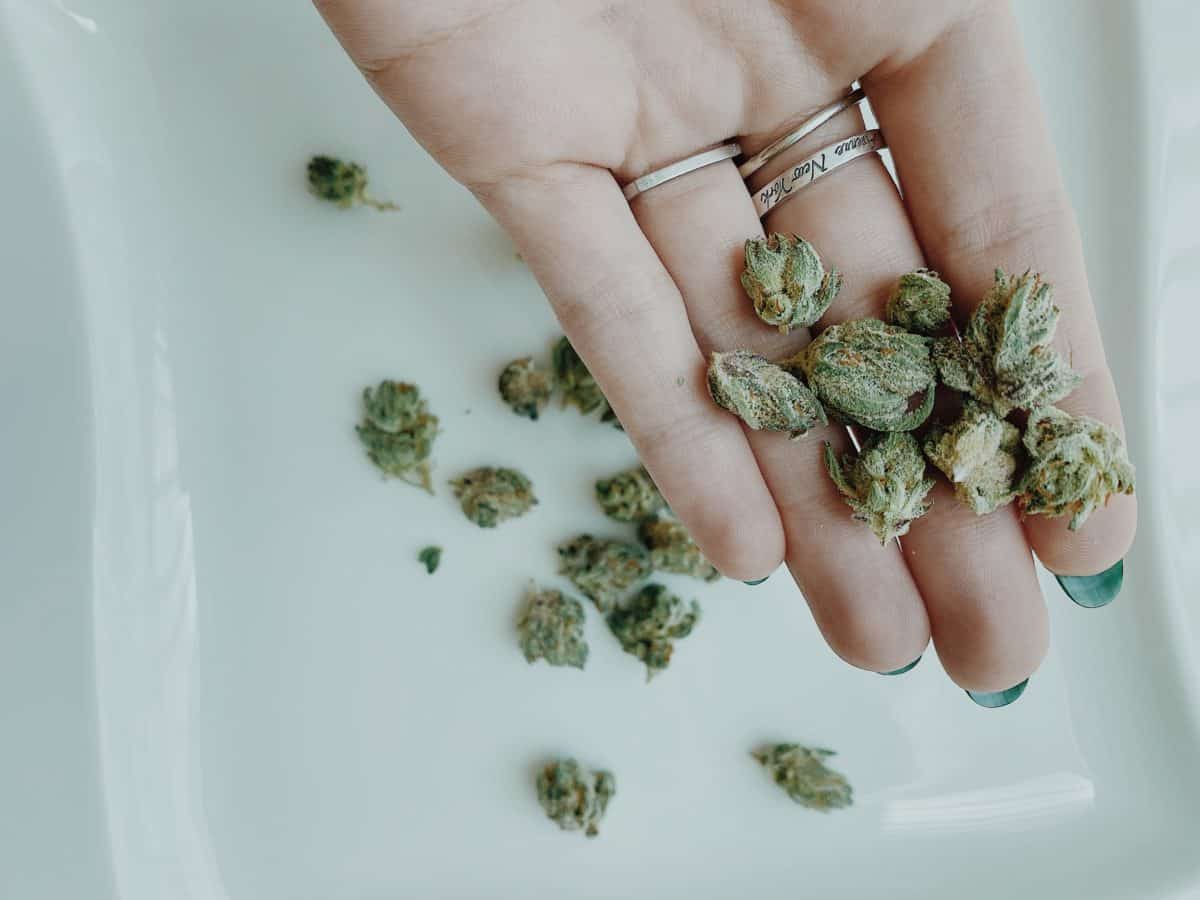Minnesota Medical Cannabis Laws are Changing. Here’s What you Need to Know

As of Aug. 1, 2023, Minnesota cannabis law allows for both recreational and medical cannabis use. This legislation also legalized the sale of cannabis seeds. It established numerous types of business licenses, but applications for cannabis business licenses will begin to be accepted in the future, once governing rules have been established. This is estimated to be in early 2025. Some examples of license types and their associated fees are:
- Microbusiness (application fee $500; no initial license fee; renewal license fee $2,000)
- Cultivator (application fee $10,000; initial license fee $20,000; renewal license fee $30,000)
- Retailer (application fee $2,500; initial license fee $2,500; renewal license fee $5,000)
- Event organizer (application fee $750; initial license fee $750)
- Delivery service (application fee $250; initial license fee $500; renewal license fee $1,000
Social equity will be considered in the applicant prioritization process.
State law currently allows adults to possess or transport up to two ounces of Minnesota cannabis flower, eight grams of concentrate and 800 milligrams of edible product. Product sales carry a 10% tax in addition to state and local sales taxes, while Minnesota medical cannabis law prevents this type of product from being taxed.
Within a private residence, an adult may also possess up to two pounds of flower, plus limited home grow is permitted. Lawmakers will continue to set up Minnesota cannabis laws, despite not having a permanent cannabis director. The interim cannabis director, installed after the previous position-holder resigned under scrutiny, notes that the North Star state remains on track to open dispensaries in 2025.
Minnesota Cannabis Law on Tribal Land
Regulations remain in question even on tribal land, where a raid on an unlicensed dispensary occurred one day after cannabis became legal in the state. Mahnomen County sheriff’s deputies and White Earth tribal police raided White Earth Nation member Todd Thompson’s tobacco shop, seizing cannabis, cash, his cell phone and the shop’s surveillance system.
The raid is attributed to Thompson’s lack of a state permit or consent of the tribal council to sell cannabis, although no charges have been filed. Thompson retorts that he doesn’t need permission from the state or the tribal council to sell on the reservation under the Minnesota Chippewa Tribe’s constitution or U.S. treaties with the Ojibwe. Dave Hart, commander of the Paul Bunyan Task Force, which helped carry out the raid, emphasized that law enforcement agencies aren’t focused on marijuana crimes.
“Marijuana isn’t something we particularly target…we’re busy enough with heroin, fentanyl, methamphetamine,” Hart said. “In this particular case, it was a pretty blatant disrespect for the law,” referring to Thompson’s Facebook photos and videos advertising cannabis for sale. Neither the state of Minnesota nor White Earth has set up a licensing system yet to legally sell cannabis.
Institutions Embracing Minnesota Medical Cannabis Law
Other institutions within the state are officially embracing adult-use legalization. One example is the University of Minnesota School of Public Health, which recently launched a new Cannabis Research Center. Established with $2.5 million set aside in annual funding from cannabis taxation, the goal of the Center is to better understand how cannabis use affects different populations and communities within the state. Health impacts, as well as interactions with other substances, will be studied and utilized to inform future legislation and practices.
“What we see sometimes happens with other substances like alcohol and tobacco, is that sometimes some communities are disproportionately targeted by marketing, or maybe they have more of the stores or dispensaries in their neighborhood because some people want to buy the product, but they don’t want those stores in their neighborhood,” public health professor Traci Toomey told MPR’s Minnesota Now, adding that marketing and distribution should be fairly distributed.
New Ways to Enjoy Minnesota Cannabis Flower
Minnesota medical cannabis law has seen a recent update: the addition of a “fast-acting” delivery method. Beginning in August 2024, state medical marijuana dispensaries will be allowed to sell “fast-acting” dry herb vaporization products. This new consumption method will become the fourth fast-acting option in the program, behind combustible smoking, oil-based vaporizers and sublingual tinctures.
Rejected delivery methods include “plants, concentrates, oil and weed nuggets and rosin as other delivery options.” Efforts to add qualifying conditions such as anxiety, attention-deficit/hyperactivity disorder and opioid-use disorder were also rebuffed, although irritable bowel syndrome and obsessive-compulsive disorder were added as qualifying conditions in July 2023.
Looking to Learn More About Minnesota Cannabis Law Updates?
Interested in how the Midwest is handling legalization? Are you a cannabis supporter in Minnesota or nearby in Iowa, Wisconsin or the Dakotas? Then make plans to attend CannaCon at Saint Paul River Center on August 16 and 17, 2024. CannaCon provided St. Paul’s first landmark cannabis business expo in 2018, with wildly successful events every year since! Network and learn with like-minded entrepreneurs to expand your business through productive conversation and connection at CannaCon.
This article was originally published on August 24, 2021. It was updated Dec. 5, 2023.
